The Sun rotation CESAR Cosmos
Solar Atmosphere Surface Gas Pressure (top of photosphere): 0.868 mb Pressure at bottom of photosphere (optical depth = 1): 125 mb Effective temperature: 5772 K Temperature at top of photosphere: 4400 K Temperature at bottom of photosphere: 6600 K Temperature at top of chromosphere: ~30,000 K Photosphere thickness: ~500 km Chromosphere thickness: ~2500 km Sun Spot Cycle: 11.4 yr. Photosphere.

stars What does a sample of the Sun look like? Does it look like fire
The Sun is nearly a perfect sphere of hot plasma. The average surface temperatures are at around 5.778 K, but they vary since it is composed out of three layers. Our Sun is an enormous energy and light-producing sphere of glowing gases. Though it is the hottest object in the solar system, other stars are far hotter, even tens of times so.

10 stunning facts Earth edition The official website
Our star's staggering temperature, explained - BBC Science Focus Magazine.

A Sunshine Holiday (How the Sun Works)
From our vantage point on Earth, the Sun may appear like an unchanging source of light and heat in the sky. But the Sun is a dynamic star, constantly changing and sending energy out into space. The science of studying the Sun and its influence throughout the solar system is called heliophysics. The Sun is […]

What is the approximate surface temperature of the sun?
The temperature of the Sun varies, from 5500 C (10,000 F) on its surface up to 15 million C (27 million F) at its core. Have you ever wondered just how hot the Sun is? It's not a single temperature because the Sun consists of layers where different processes occur. From the fiery depths of its core to the outermost reaches of its corona, here.

What is the Sun's surface temperature? YouTube
Solar core. The core of the Sun is considered to extend from the center to about 0.2 of solar radius (139,000 km; 86,000 mi). [1] It is the hottest part of the Sun and of the Solar System. It has a density of 150,000 kg/m 3 (150 g/cm 3) at the center, and a temperature of 15 million kelvins (15 million degrees Celsius; 27 million degrees.
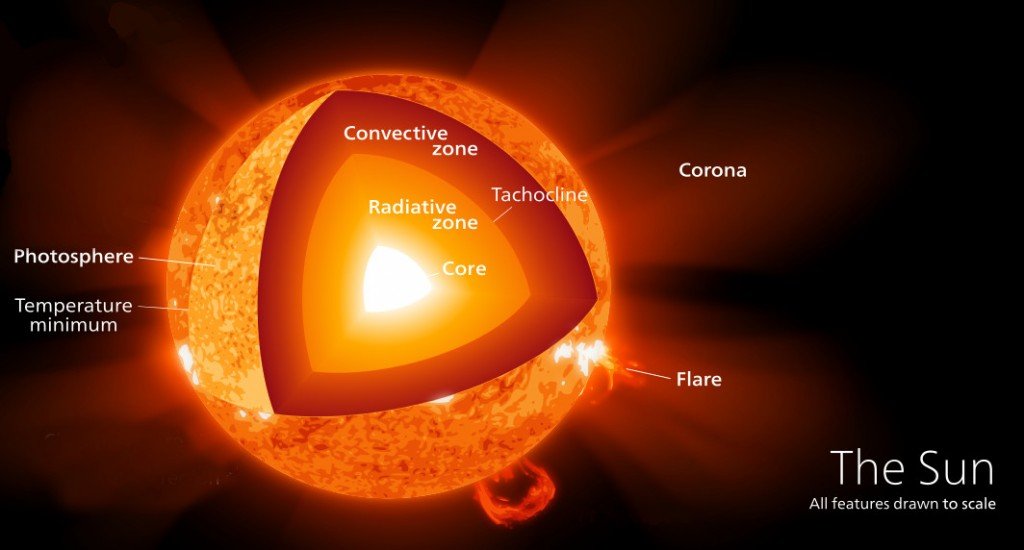
Why Is The Sun's Atmosphere Hotter Than Its Surface? » Science ABC
The connection and interactions between the Sun and Earth drive the seasons, ocean currents, weather, climate, radiation belts and auroras. Though it is special to us, there are billions of stars like our Sun scattered across the Milky Way galaxy. The Sun has many names in many cultures. The Latin word for Sun is "sol," which is the main.
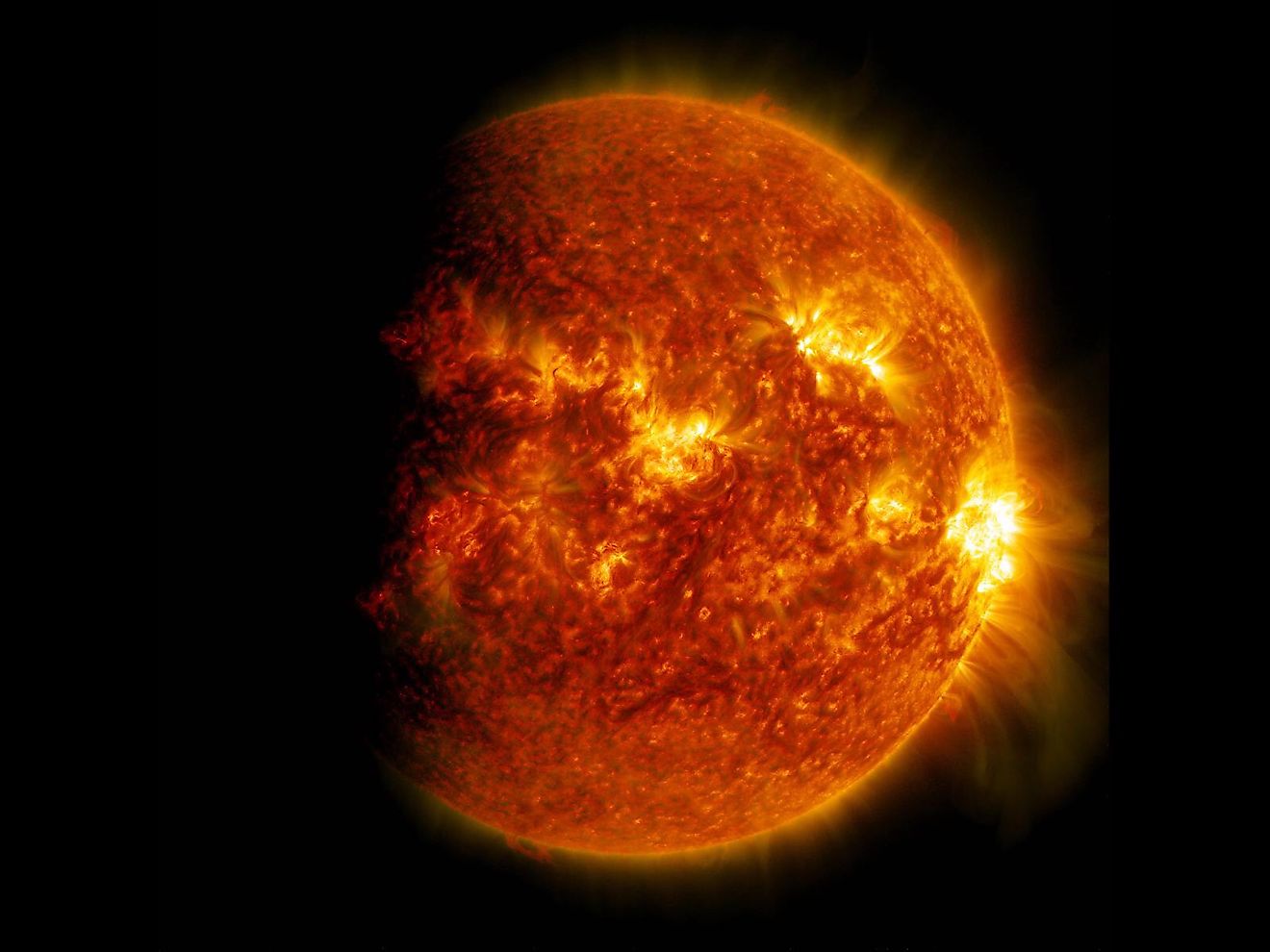
How Hot Is The Sun? WorldAtlas
In Depth. The Sun is a 4.5 billion-year-old yellow dwarf star - a hot glowing ball of hydrogen and helium - at the center of our solar system. It's about 93 million miles (150 million kilometers) from Earth and it's our solar system's only star. Without the Sun's energy, life as we know it could not exist on our home planet.
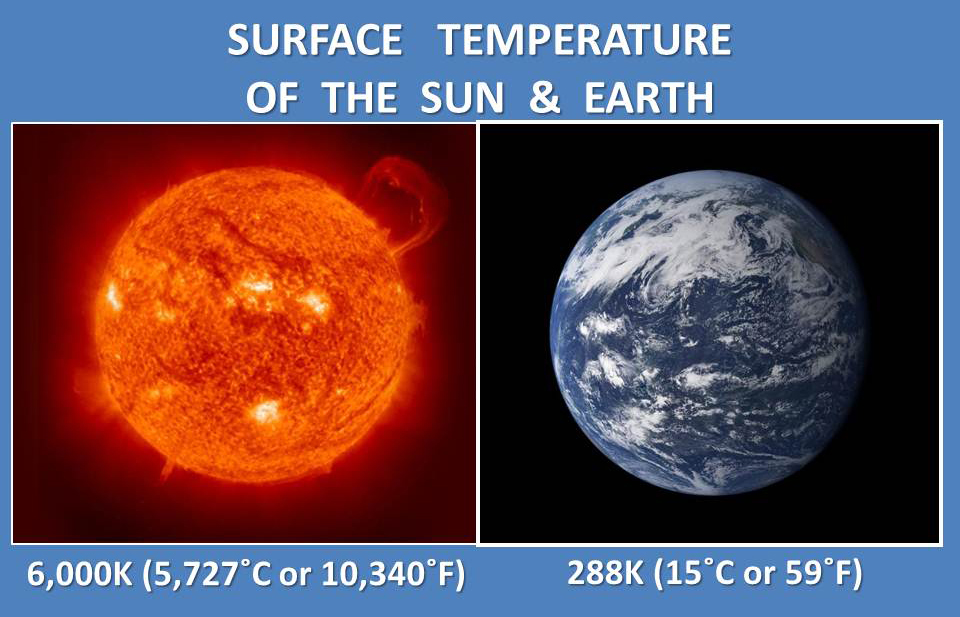
Climate Science Investigations South Florida Energy The Driver of
The sun has varying temperatures, depending on the layer. The core is the hottest part, reaching 27 million degrees Fahrenheit, according to NASA. Another blistering temperature comes from the sun.
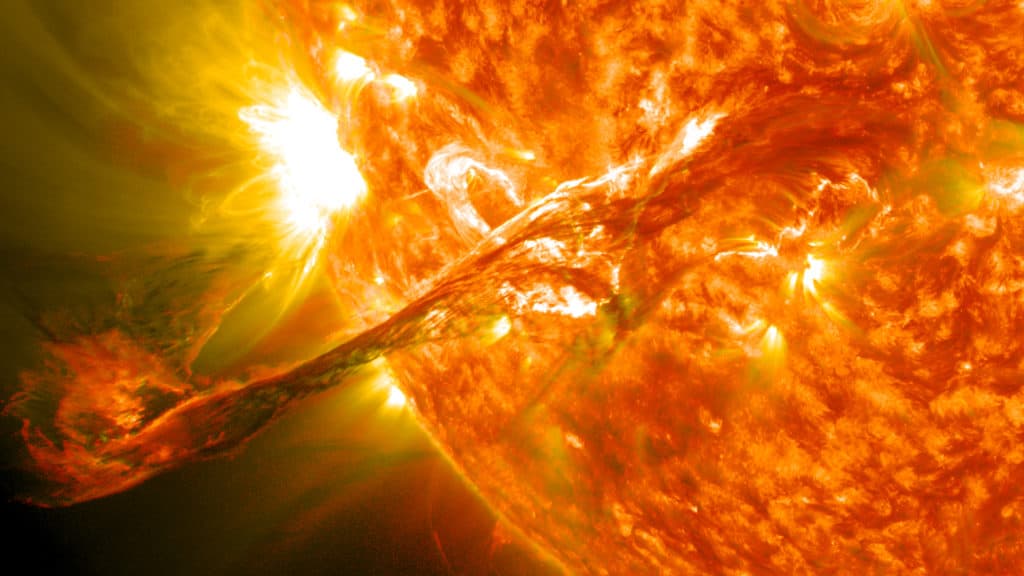
How hot is the Sun? Surface Temperature & Variance
The temperature of the sun varies from around 27 million degrees Fahrenheit (15 million degrees Celsius) at the core to only about 10,000 degrees F (5,500 degrees C) at the surface, according to.
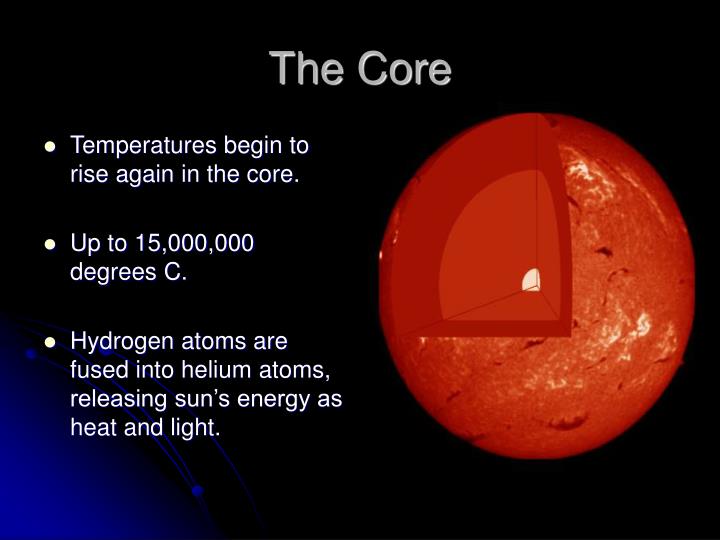
PPT The Sun Chapter 2 PowerPoint Presentation ID477776
The temperature at the surface of the Sun is about 10,000 Fahrenheit (5,600 Celsius). The temperature rises from the surface of the Sun inward towards the very hot center of the Sun where it reaches about 27,000,000 Fahrenheit (15,000,000 Celsius). The temperature of the Sun also rises from the surface outward into the Solar atmosphere.

What is the Sun? Facts, Layers & Temperature
Anatomy of our Sun. This is where the Sun generates its energy. The temperature in the core is around 15 million degrees Celsius. This, combined with the huge pressure and density of the plasma force hydrogen nuclei to fuse together, creating helium and releasing vast quantities of energy in the process.
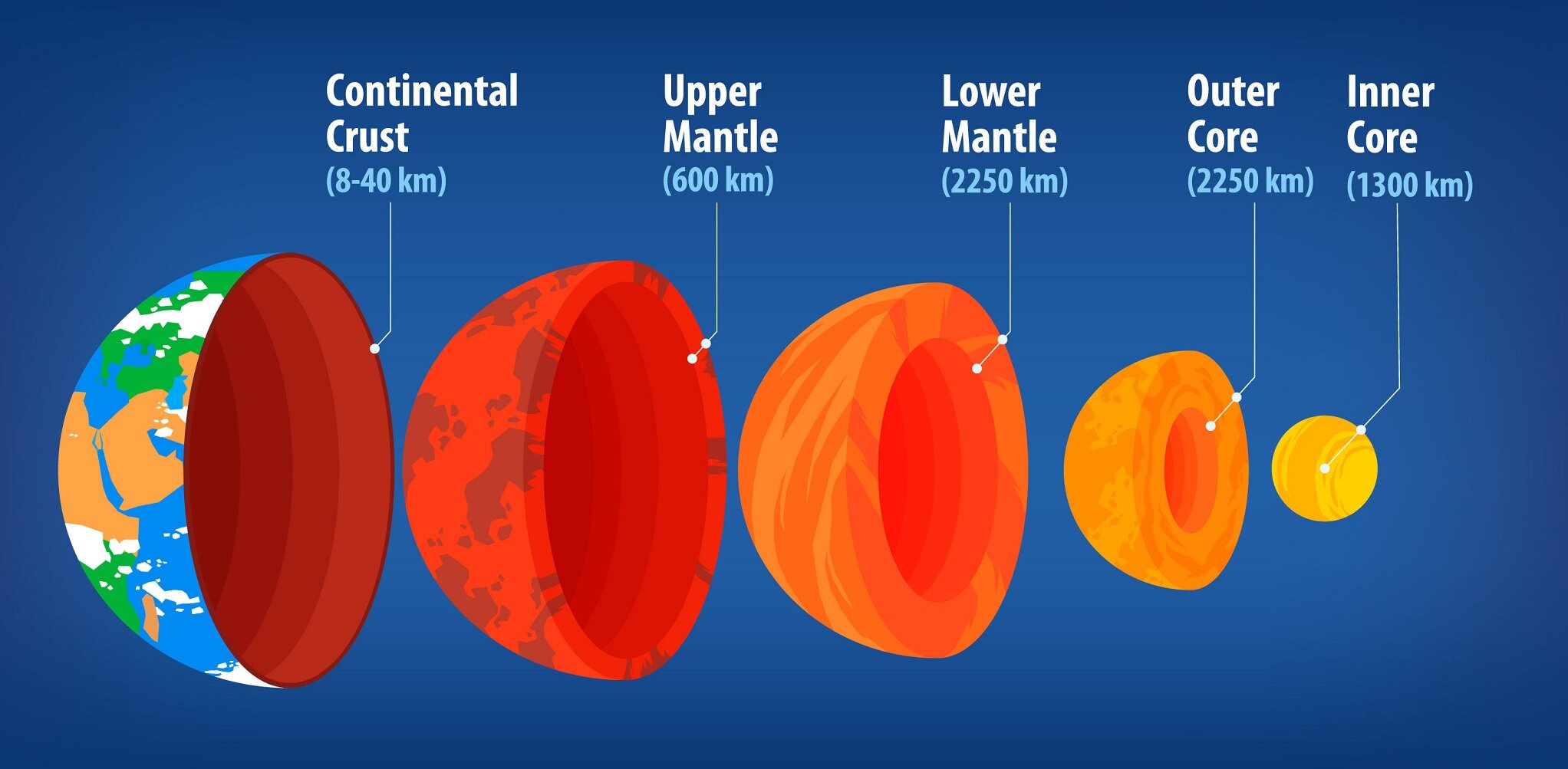
What Is The Temperature Of The Earth's Crust?
The Solar Atmosphere The Outer layers (Atmospheres) of the Sun: •Photosphere •Chromosphere •Corona

Solar Cycle & Current Sunspots
The Solar Core. The solar core is made up of a really hot and dense gas (in the plasma state ). The temperature of 15 million kelvins (27 million degrees Faranheit) keeps the core at a gaseous state. The core is where the energy of the Sun is made. The density and temperature are just right for nuclear fusion reactions to take place.
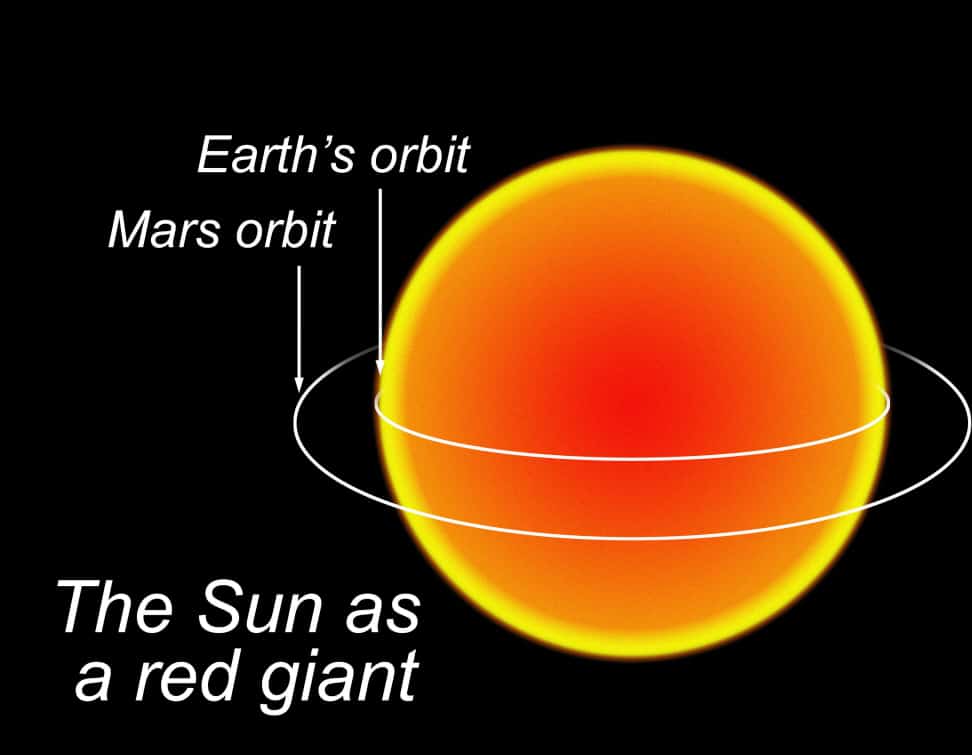
How hot is the Sun? Surface Temperature & Variance
The temperature at the sun's core is around 15 million degrees Celsius (28 million degrees Fahrenheit), which is almost 3,000 time higher than at the surface. The core is 10 times as dense as gold or lead, and the pressure is 340 billion times the atmospheric pressure on Earth's surface. The core and radiative zones are so dense that photons.
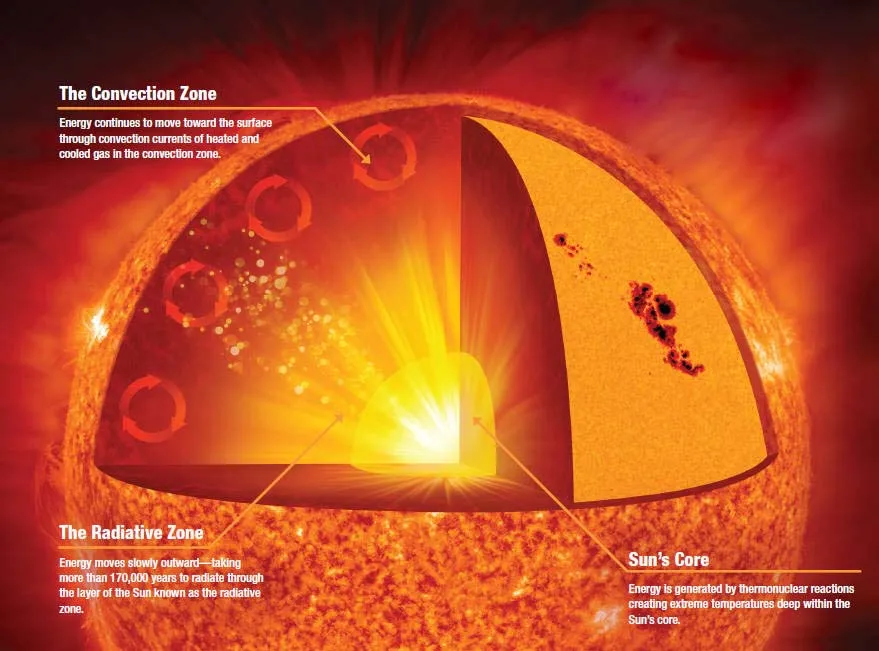
Inside the Sun Center for Science Education
The median surface temperature on Mars is -85°F (-65°C). Because the atmosphere is so thin, heat from the Sun easily escapes Mars. Temperatures on the Red Planet range from the 70s°F (20s°C) to -225°F (-153°C). Occasionally, winds on Mars are strong enough to create dust storms that cover much of the planet.
- Entrenadora Seleccion Inglesa Futbol Femenino
- How Accurate Is The Apple Watch Calories
- Lamine Yamal Entrena Con El Primer Equipo
- Tu Amor Me Hace Bien Lyrics
- Facultad De Biologia Universidad De La Habana
- Mercedes Sprinter 412 D 1999
- Reglas De Un Juego De Mesa
- Acore 20 Mg Precio Farmacia
- Costa Del Golfo De Estados Unidos
- Ala Vaikunthapurramuloo In Hindi Download